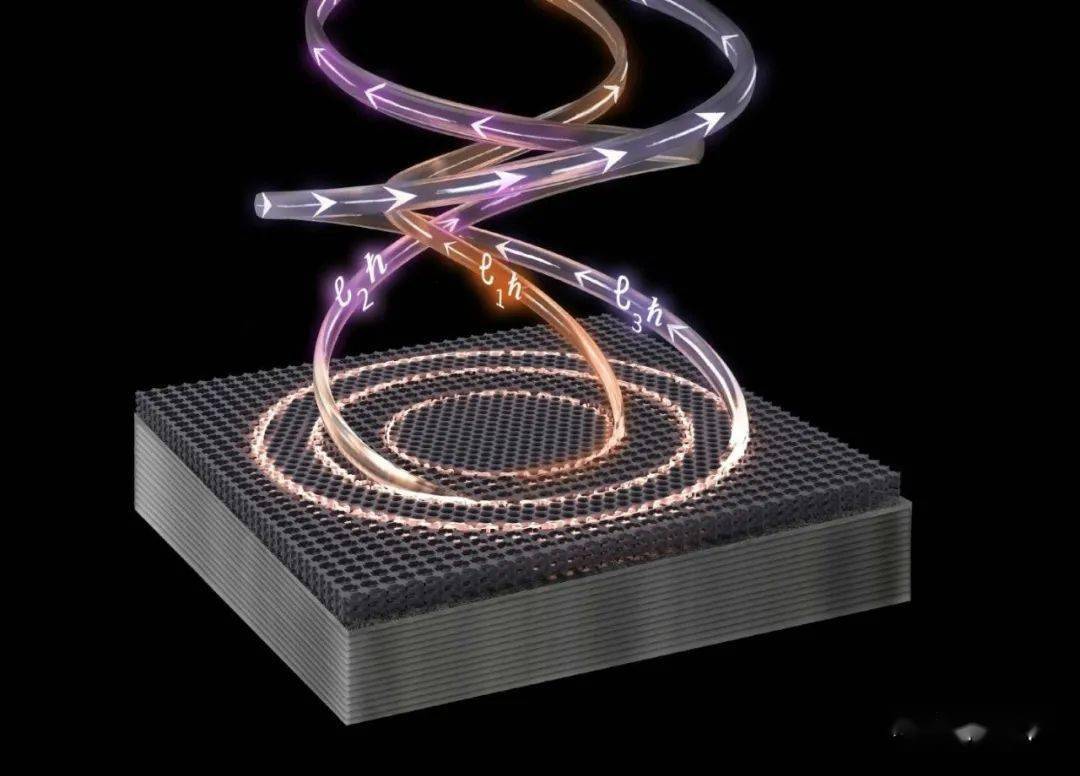With the development of AI, computers have encountered physical bottlenecks in terms of speed. Semiconductor components can operate at frequencies of up to a few gigahertz, which equates to being able to process billions of calculations per second. Due to the speed of a single chip can no longer be increased, modern computer systems have to use multiple chips to share the computing task. But if we use photons instead of electrons to make chips, the speed can theoretically be increased by a thousand times.
Plasmon resonators, also known as "optical antennas", are a promising technology for this speed revolution. These nanoscale metal structures enable light to interact with electrons. By changing their geometry, it is possible to interact with light waves of different frequencies.
Dr. Thorsten Feichtner, a physicist at the University of Würzburg in Germany, points out: "The current challenge is that plasmon resonators are not yet able to modulate as effectively as transistors in conventional electronic devices, which limits the development of light-based fast switching."
Recently, a research team at the University of Würzburg, in collaboration with scientists from the University of Southern Denmark, has made significant progress in the modulation technology of optical antennas. They implemented an electronically controlled modulation that paved the way for ultra-fast active plasma technology, which means that computer chips are expected to be much faster. The findings have been published in the journal Science Advances.

Figure: Breakthroughs in optical antennas will speed up computer chips
Rather than attempting to alter the structure of the entire resonator, the research team focused on tweaking its surface properties. They achieved this technological breakthrough by electrically contacting a single gold nanorod resonator. This seemingly simple idea can actually be realized with the help of precision nanofabrication technology with the help of helium ion beams and gold nanocrystals. This unique manufacturing method was developed by a team led by Prof. Bert Hecht, Chair of Experimental Physics (Biophysics) at the University of Würzburg. Lock-in amplifier technology, which accurately measures small but important changes in the resonator surface, also plays a key role.
Dr. Feichtner explains, "The effect we exploit is similar to the principle of Faraday cages. Just like when a car is struck by lightning, electrons gather on the outside of the car, and the people inside the car are safe, and the extra electrons on the surface of the resonator affect its optical properties.”
Scientists in Würzburg also observed some changes in resonance that cannot be explained by classical theories, suggesting that electrons exhibit a "fuzzy" transition at the boundary between metal and air, like a gradual transition from sea water to sand.
To explain these quantum effects, theoretical physicists at the University of Southern Denmark developed a semi-classical model that integrates quantum properties into a surface parameter so that calculations can be performed using classical methods. Luka Zurak, a physicist at JMU and also a participant in the study, explained: "By perturbing the reaction function of surfaces, we combine classical and quantum effects to create a unified framework that helps us understand surface effects more deeply.”






